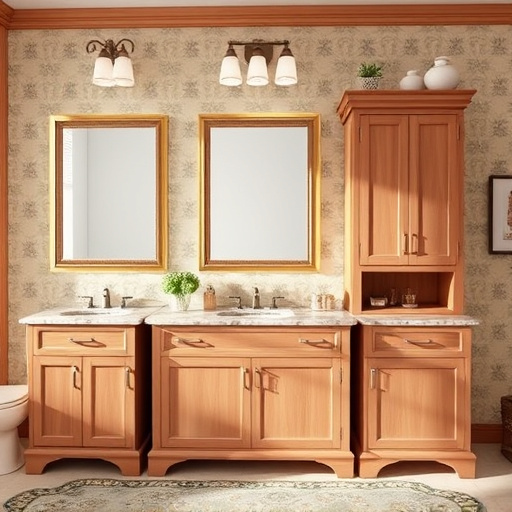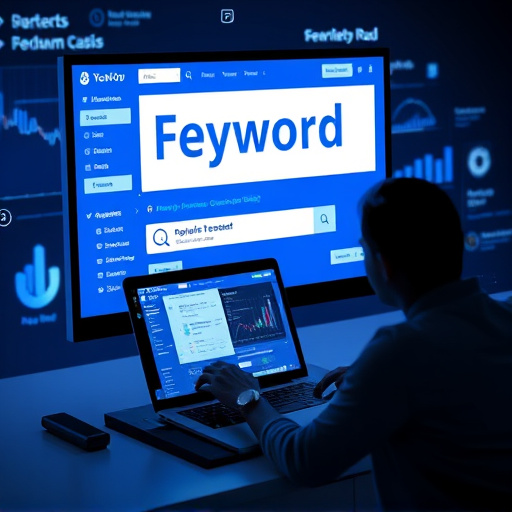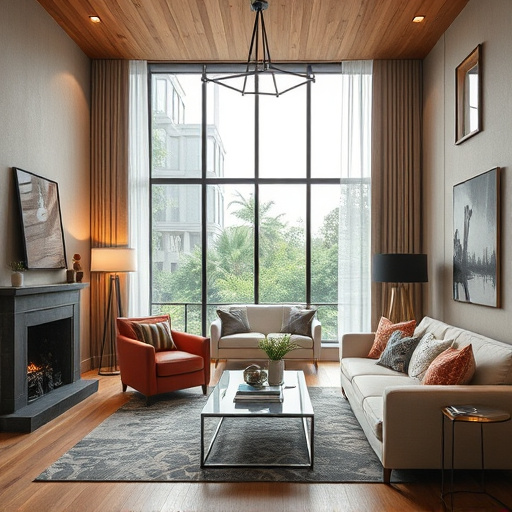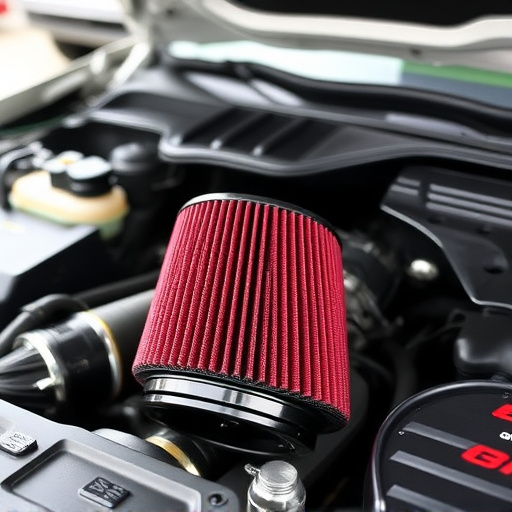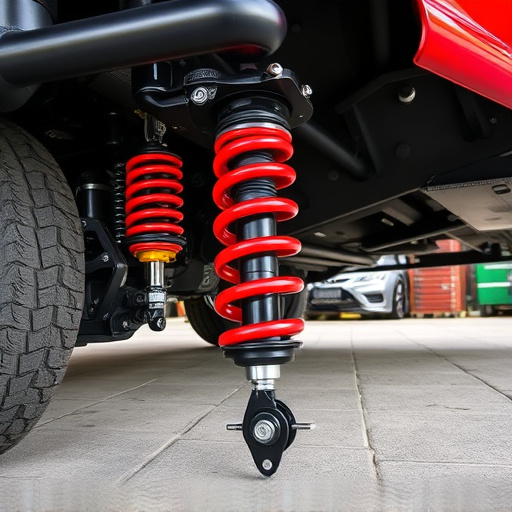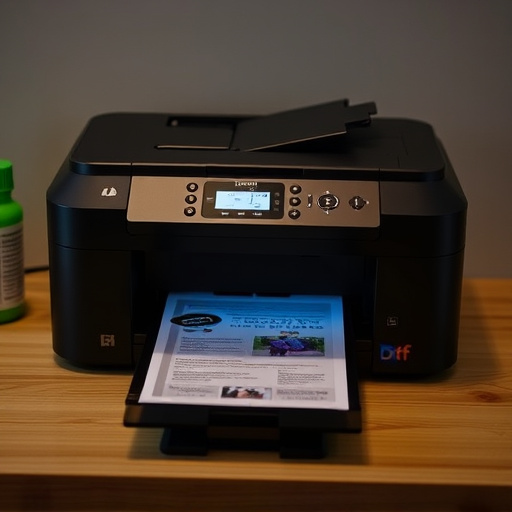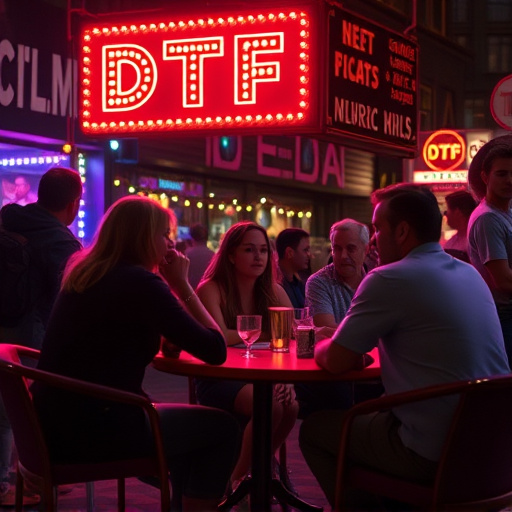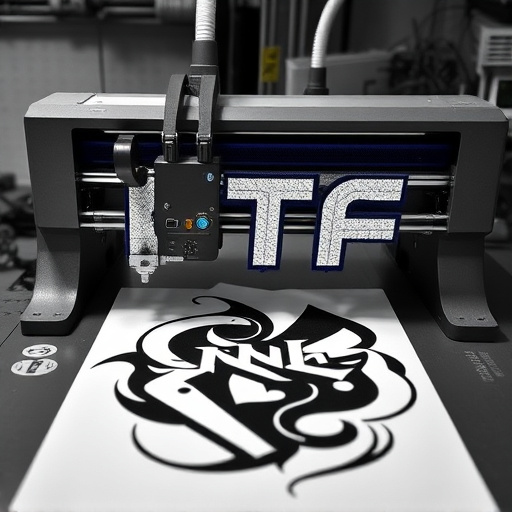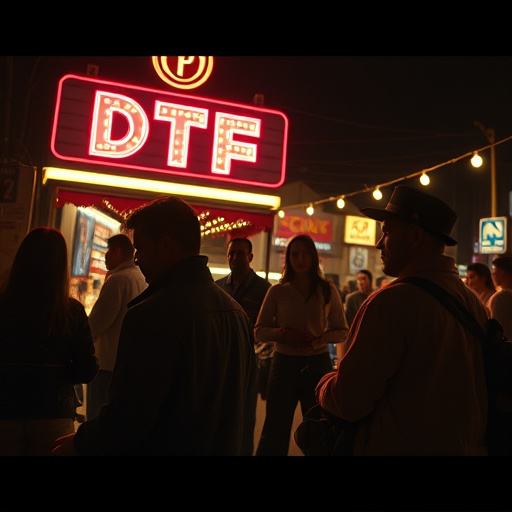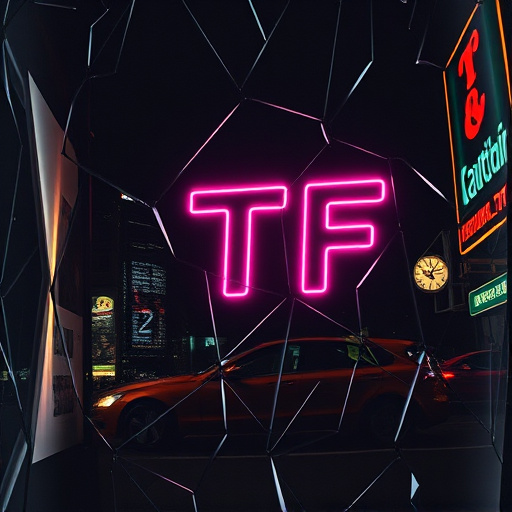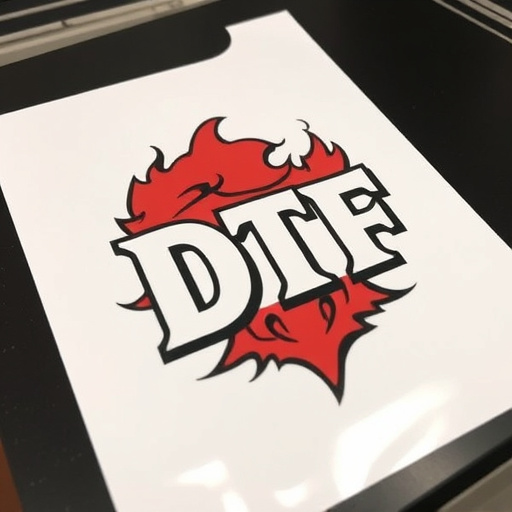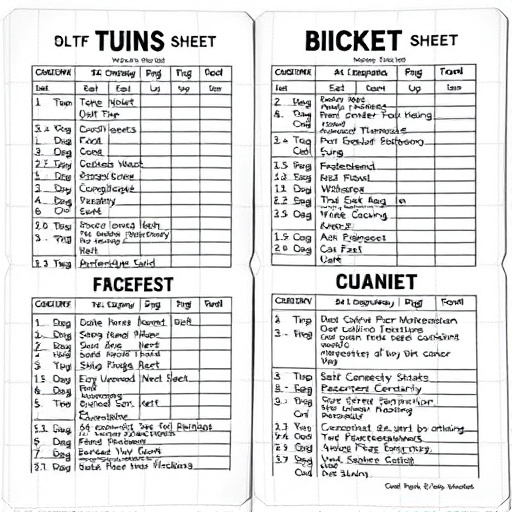DTF Custom Apparel revolutionizes apparel design with direct digital printing on fabrics like t-shirts and hoodies. Color theory and clean layouts are key to creating visually stunning designs that stand out in a competitive market. Strategic typography and subtle textures ensure high-quality, appealing prints across various garments.
Elevate your custom apparel designs with these top tips tailored for DTF (Direct-to-Garment) printing. From mastering color theory for eye-catching visuals to understanding effective layout strategies, this guide covers everything you need to know for winning graphics. Learn how to choose the right colors and typography that resonate with your audience, ensuring your DTF custom apparel designs stand out in a competitive market.
- Understanding DTF Custom Apparel Basics
- Color Theory for Impactful Designs
- Effective Layouts and Typography Choices
Understanding DTF Custom Apparel Basics
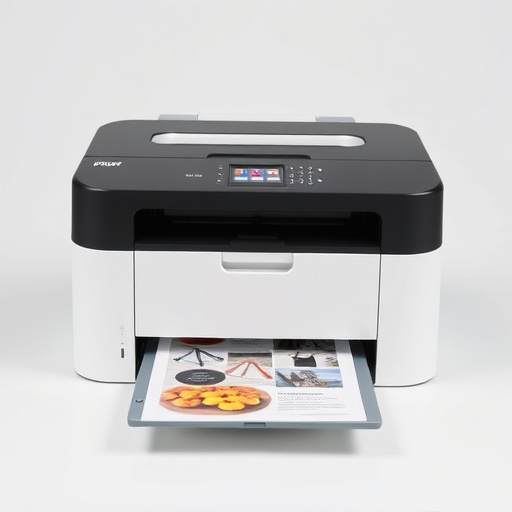
DTF Custom Apparel is a cutting-edge method revolutionizing the way we design and produce personalized apparel. Understanding its fundamentals is key to creating winning graphics. DTF stands for Direct-to-Fabric Transfer, a process that allows for high-quality printing on various fabrics directly from digital files. This technique offers immense versatility; it can be used not only for t-shirts but also for hoodies, mugs, and more. The beauty of DTF lies in its ability to produce vibrant, detailed designs with minimal effort.
For those looking to design custom t-shirts or enhance their printing capabilities, cold peel dtf transfers are a game-changer. These transfers provide a simple and efficient way to achieve professional-grade results. By mastering the art of DTF printing for t-shirts, you can create unique, eye-catching garments that cater to diverse tastes and trends.
Color Theory for Impactful Designs
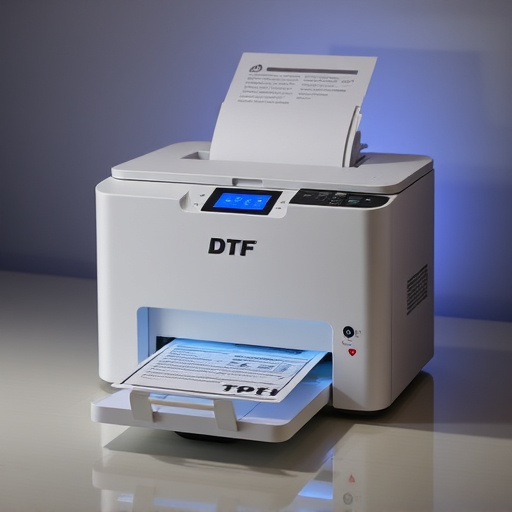
In the realm of DTF custom apparel graphics, color theory is a powerful tool for designers aiming to create impactful and visually appealing designs. Understanding the fundamentals of color—such as complementary and contrasting hues—can significantly enhance the overall look of your apparel. When crafting designs for DTF transfers, choosing the right palette ensures that your artwork stands out on the fabric.
Complementary colors, those located opposite each other on the color wheel (e.g., blue and orange), create vibrant contrasts, making them ideal for eye-catching graphics. On the other hand, analogous colors (adjacent on the wheel) offer a more subtle yet harmonious aesthetic. Incorporating these color principles into your DTF designs can make your custom apparel truly pop, appealing to a wide range of consumers in the competitive world of dtf transfers and best dtf printers.
Effective Layouts and Typography Choices
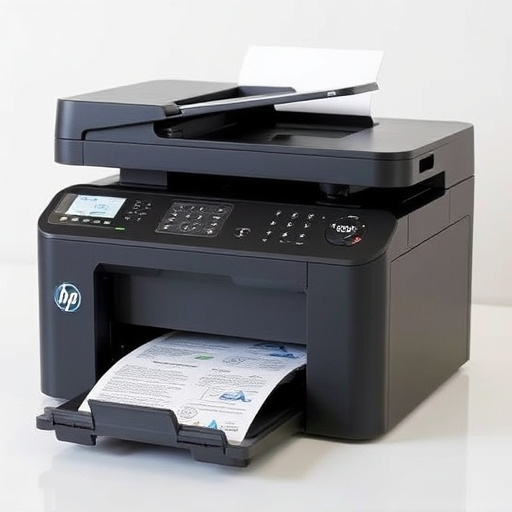
When designing graphics for DTF custom apparel, understanding effective layouts and typography choices is paramount to creating impactful designs that pop on garments. Opt for clean, uncluttered compositions that balance negative space with compelling elements. Utilize a hierarchical typographic structure where headings are bold and legible, supported by complementary body text that enhances readability without overwhelming the design.
Direct to film (DTF) printers rely on sharp contrast and precise lines, so choosing high-quality fonts and ensuring proper spacing will make your designs stand out on custom sheets for heat pressing onto garments. Incorporate subtle textures or overlays sparingly to add depth without detracting from the core typography. Remember, the goal is to create a visually appealing graphic that translates well onto various apparel items, captivating viewers and showcasing your design expertise.
Designing captivating graphics for DTF (Direct-to-Fabric) custom apparel requires a blend of creativity, color understanding, and layout expertise. By mastering basic DTF concepts, leveraging color theory for visual impact, and adopting effective typography and layout strategies, you’ll create standout designs that captivate audiences and drive sales. Incorporate these tips into your workflow to elevate your DTF custom apparel graphics and stand out in a competitive market.
